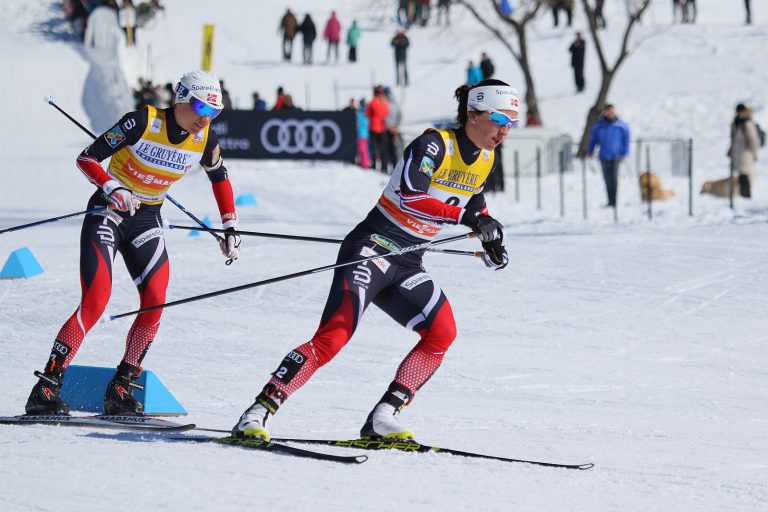Why Success is a By-Product of Wellbeing
Here’s a quick refresher on the Hintsa model. Think about how it relates to your journey and don’t hesitate to ask our coaches questions, if something specific comes to mind that you would want to reflect on.
Where it all started
The history of the company goes back to mid-nineties when Dr. Aki Hintsa was working in Ethiopia. He was an orthopaedic surgeon with extensive experience of working with elite athletes, but his time in Africa taught him lessons that opened his eyes to the holistic, logical, and simple foundations behind health, wellbeing and performance.
His work in developing poor communities, and also his interaction with some of the best long distance runners in the world, helped him to develop the model that serves as the foundation for all our work. From Ethiopia Dr. Hintsa ended up in the world of F1, which was the perfect laboratory for testing and fine tuning the model.
Success is a by-product of wellbeing
One of the most fundamental findings behind Dr. Hintsa’s model is that success is by-product, or consequence, of improved health and wellbeing. Many people want to pursue happiness, success, high performance, and so on, but unfortunately keep hitting their heads in the wall, or wearing themselves out, as they are going about it in the wrong way.
The Circle of Better Life
The Hintsa model is summed up in the Circle of Better Life. The outer circle includes six elements, which form the foundation for health and wellbeing. These are physical activity, nutrition, sleep and recovery, biomechanics, mental energy, and general health. The centre of the circle is called “Core” and that relates to your identity, purpose and control in life. Your Core is the key to finding intrinsic motivation for change and making active choices on a daily basis in the elements on the outer circle.
Sustainable behaviour change
Having a holistic model with many elements can feel overwhelming, as you may feel that there is so much to do. Therefore, it is important to remember that the goal is not to maximise every area of your health and wellbeing. The key to sustainable high performance is in optimising, and not maximising. Doing a maximal performance every single day is not possible, and therefore you have to find a rhythm and pace in life that is sustainable, and takes you towards your goals one step at a time.



